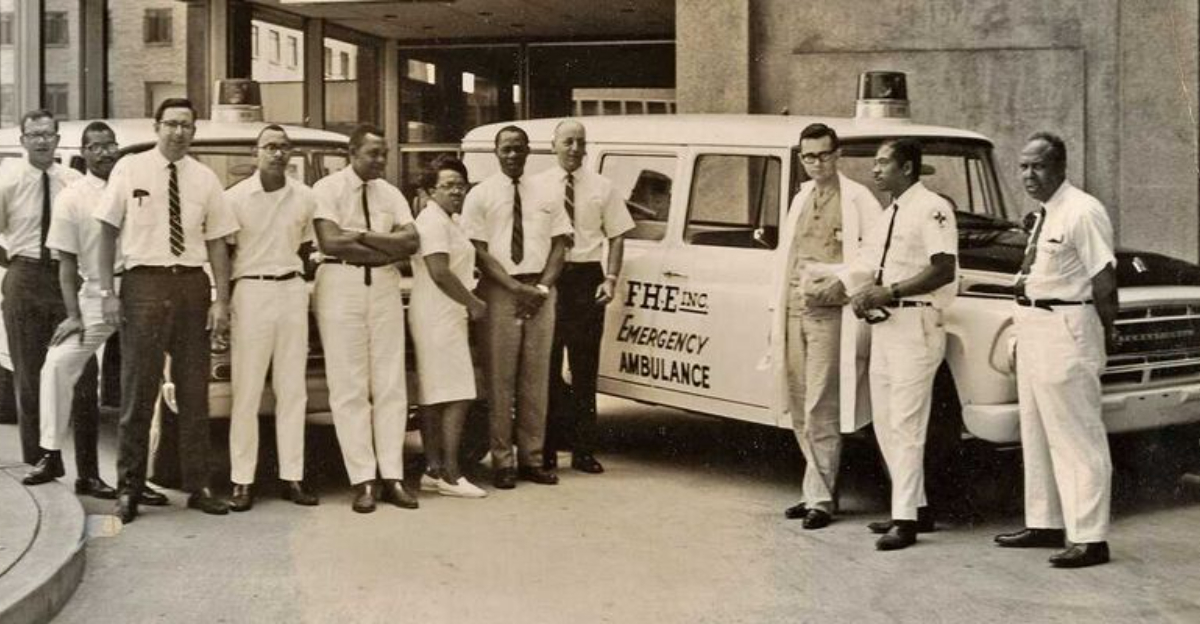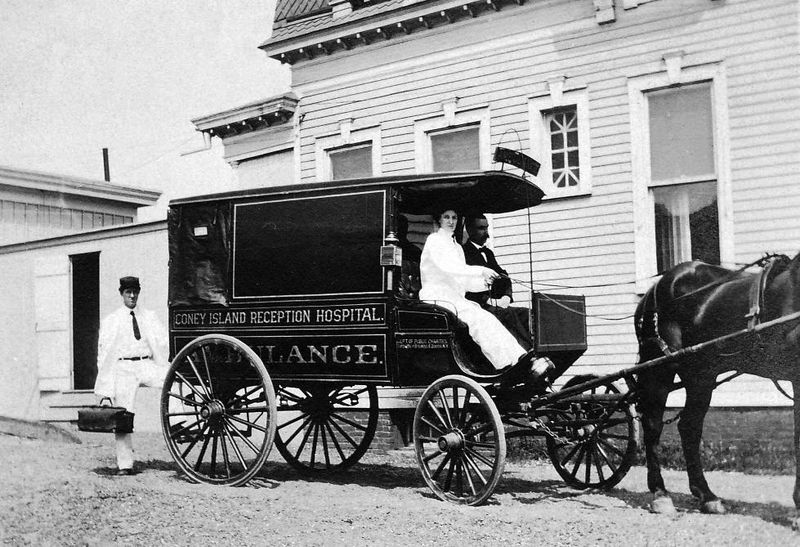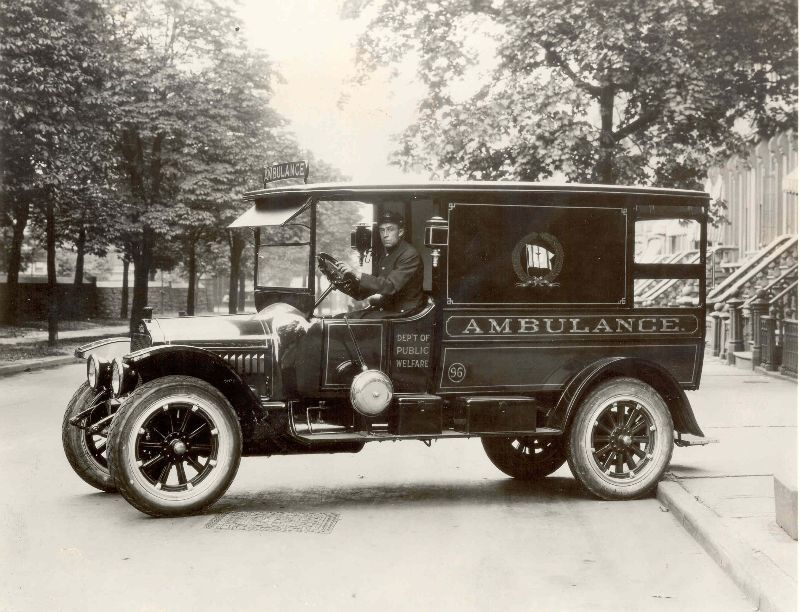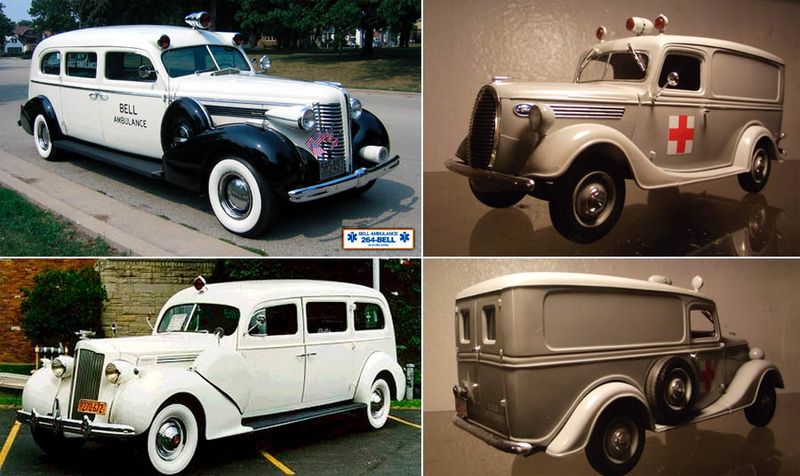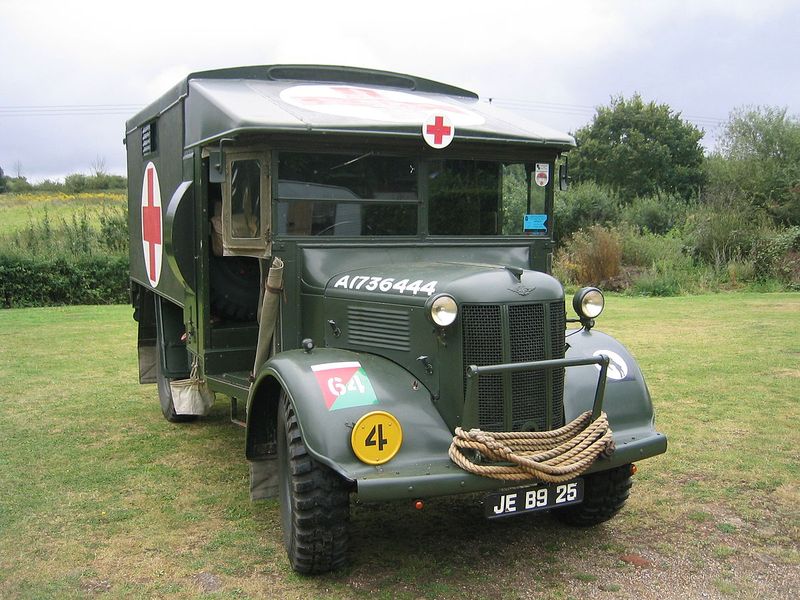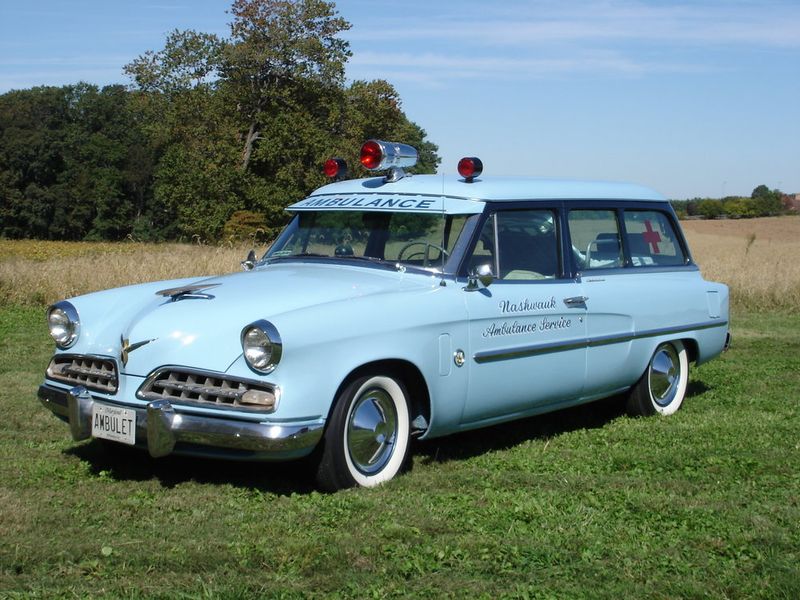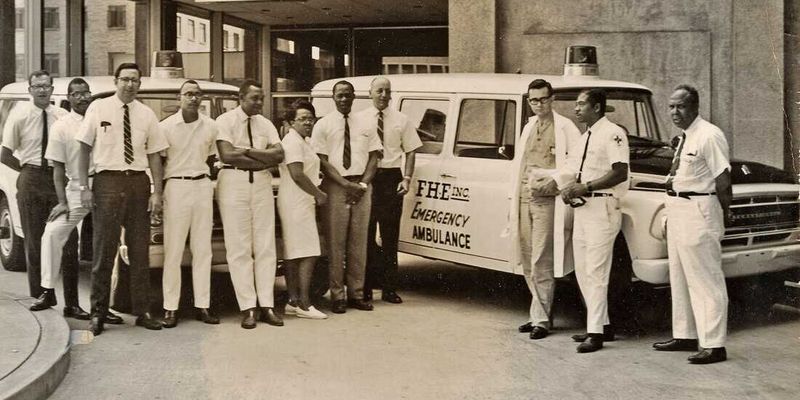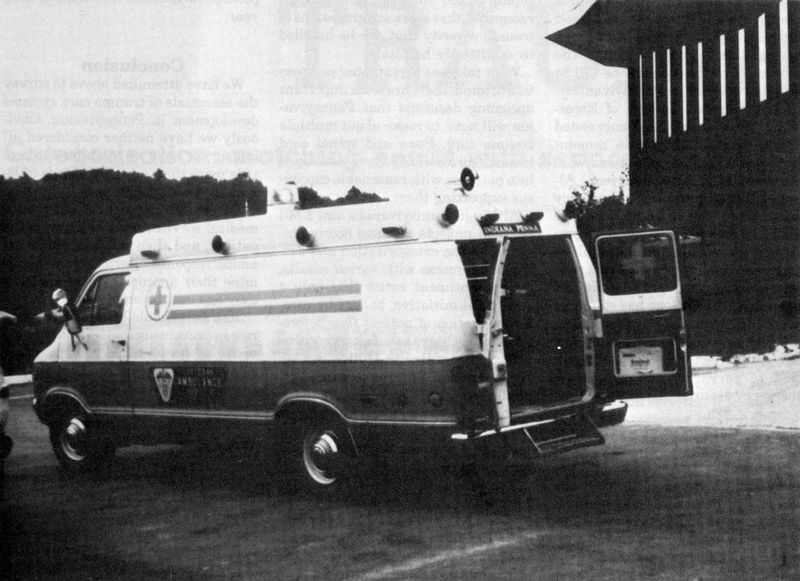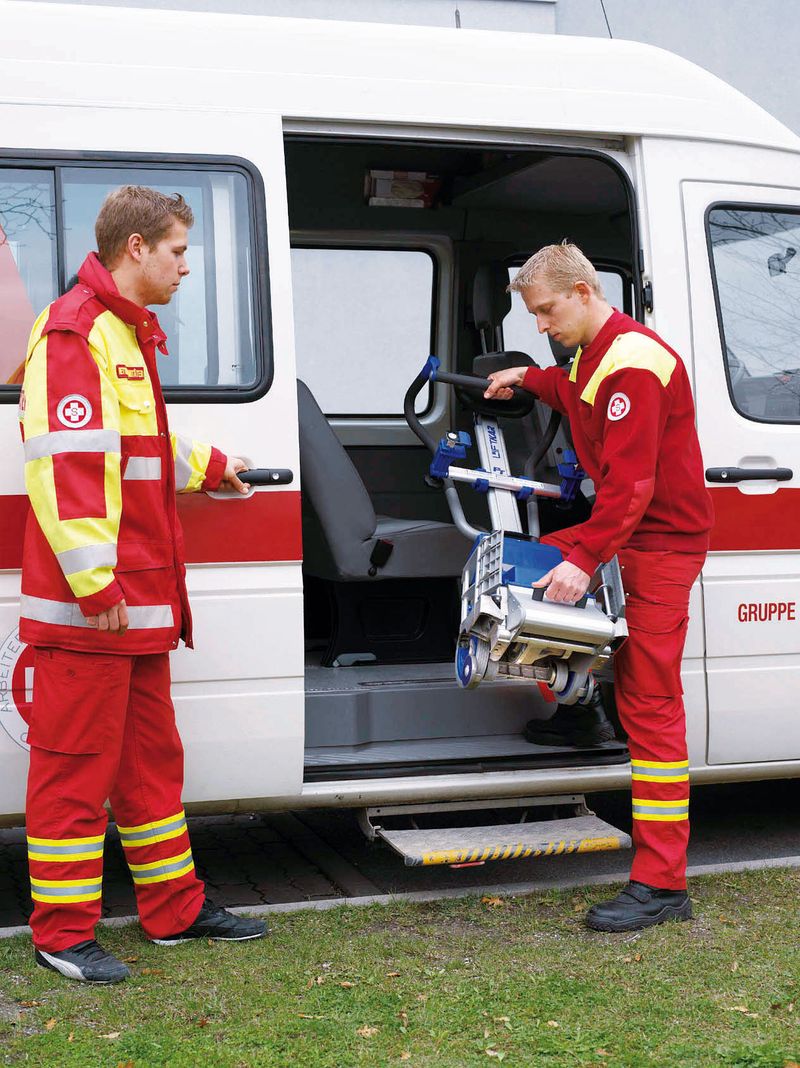Explore the fascinating evolution of ambulances over the past century, from their humble beginnings as horse-drawn carriages to the high-tech, life-saving vehicles we rely on today.
What started as a simple means of transporting the injured has transformed into a mobile emergency room—equipped with advanced medical tools, trained paramedics, and cutting-edge technology that can mean the difference between life and death.
1. 1900s–1910s: Horse-Drawn to Motorized Beginnings
In the early 1900s, ambulances were horse-drawn carriages, often simple wagons with stretchers. These modified carriages were the norm for patient transport. By the 1910s, the shift towards motorized ambulances began, driven by the need for speed and efficiency. Early motorized versions were mostly adapted from existing cars, showcasing a new era in medical transportation.
Used in World War I, these vehicles demonstrated potential for improved mobility. However, they were equipped with minimal medical supplies, focusing primarily on transportation rather than treatment. Their evolution marked the dawn of a new age in healthcare delivery.
2. 1920s: Standardization Starts
The 1920s marked the beginning of ambulance standardization, with purpose-built designs making their debut. These ambulances featured enclosed compartments, offering a protected space for patients. The evolution continued as basic medical kits, including splints and bandages, became standard equipment.
These vehicles were designed primarily for rapid transport to hospitals, emphasizing speed over on-route treatment. This decade set the stage for future advancements, highlighting the growing importance of quick and efficient medical transportation in urban settings.
3. 1930s: Streamlined and Specialized
In the 1930s, ambulances saw significant design refinements, adopting streamlined, hearse-like appearances. These vehicles began to incorporate radios for communication, particularly in urban areas, marking a technological leap.
The introduction of segmented spaces within the ambulance, separating the driver’s cab from the patient area, further specialized their function. This period demonstrated a notable shift towards specialized medical transport, paving the way for more advanced life-saving capabilities in the future.
4. 1940s: War-Time Influence
World War II significantly influenced ambulance design in the 1940s. Military-style ambulances boasted improved suspension and off-road capabilities, adapting to various terrains. The inclusion of stretcher systems and oxygen tanks highlighted a shift towards providing on-route medical aid.
These innovations were pivotal in redefining ambulance roles, from mere transport vehicles to potential life-saving machines. The war-time enhancements underscored the necessity of adaptability and preparedness in emergency medical services.
5. 1950s: Professionalization Begins
The 1950s marked the beginning of the professionalization of ambulance services. Vehicles grew larger, often modeled on station wagons or hearses, accommodating more equipment and personnel. This era saw the emergence of full-time ambulance staff, transforming the role from mere drivers to trained responders.
Standard equipment now included oxygen and basic trauma kits, signifying a shift towards enhanced patient care during transport. These changes laid the groundwork for the advanced emergency medical systems we recognize today.
6. 1960s: Television & Awareness
The influence of television in the 1960s sparked heightened public expectations for emergency services. Shows like “Emergency!” brought the concept of Emergency Medical Services (EMS) to the forefront, leading to the development of the first paramedic training programs by the decade’s end.
This era marked a pivotal point in public awareness, fostering a deeper understanding of the importance of trained personnel and efficient medical response in emergency situations.
7. 1970s: The Paramedic Revolution
The 1970s heralded the paramedic revolution, with ambulances receiving massive upgrades in medical equipment. These boxy, van-style vehicles replaced the older hearse models, providing more space for advanced tools like cardiac monitors, IVs, and defibrillators.
U.S. laws formalizing EMS systems and training were enacted, ensuring all personnel were adequately prepared. This decade was transformative, setting new standards for in-ambulance care and patient outcomes.
8. 1980s: Tech-Driven Designs
In the 1980s, technological advancements drove ambulance design. Modular ambulances, mounted on truck chassis, provided enhanced space and functionality. The introduction of computer-assisted dispatch and improved two-way radios revolutionized communication and coordination.
The focus on speed, safety, and in-ambulance care reflected the era’s commitment to leveraging technology for better emergency response and patient care.
9. 1990s: Focus on Ergonomics & Safety
The 1990s placed a strong emphasis on ergonomics and safety in ambulance design. Advanced life support systems became standard, especially in urban units, enhancing the level of care provided. Attention to crash safety and driver protection became a priority.
Ambulances were equipped with expanded space and tools for trauma care, childbirth, and cardiac events, reflecting the decade’s dedication to comprehensive patient care and safety.
